Subscribe to get full access
If you already have a subscription Click here to log in If you don't have a subscription please subscribe to get full access.
Varför prenumerera?
Electronic book that contains everything a student needs to study. It contains lessons and explanations related to driving license B in Sweden and contains models of Theoretical questions to practice. It is the best site to study for the driving license and everything you need is here from the beginning until you get the driving license!
-
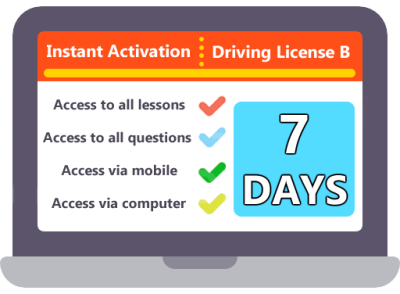
7-day subscription
100,00 kr Buy Now -
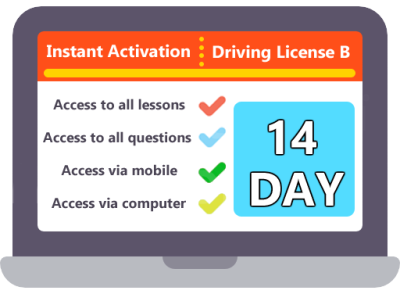
14-day subscription
150,00 kr Buy Now -

21 day subscription
200,00 kr Buy Now -
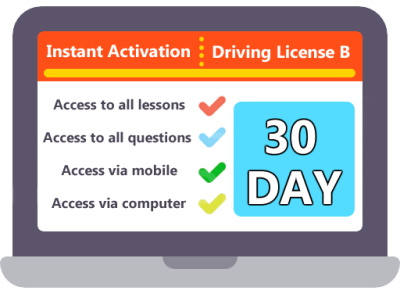
30 day subscription
250,00 kr Buy Now -
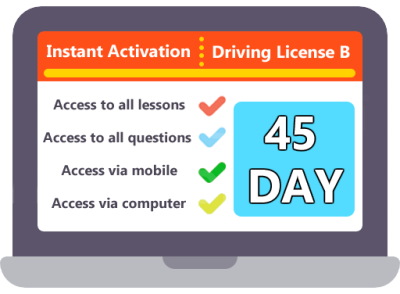
45 day subscription
300,00 kr Buy Now -
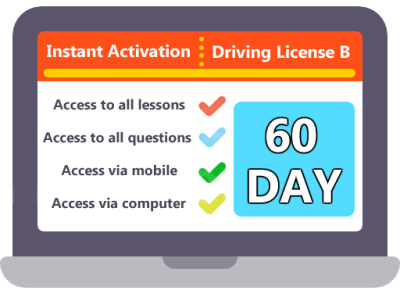
60 day subscription
350,00 kr Buy Now -
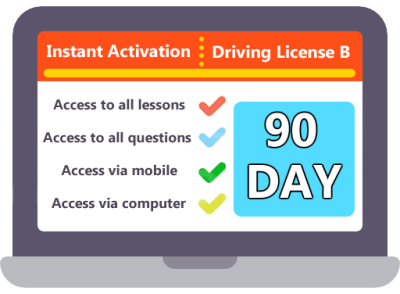
90 day subscription
400,00 kr Buy Now -

120 day subscription
500,00 kr Buy Now
